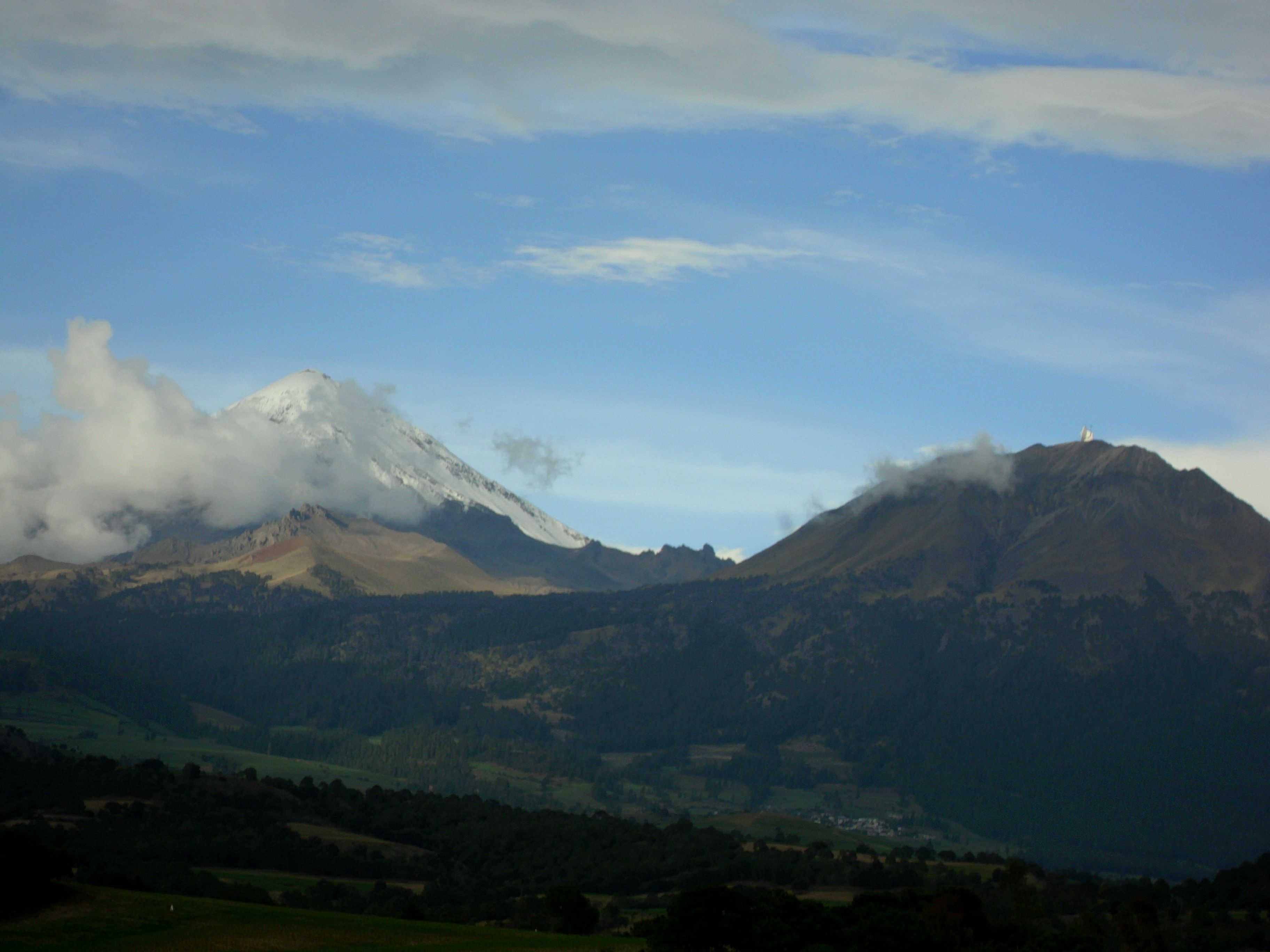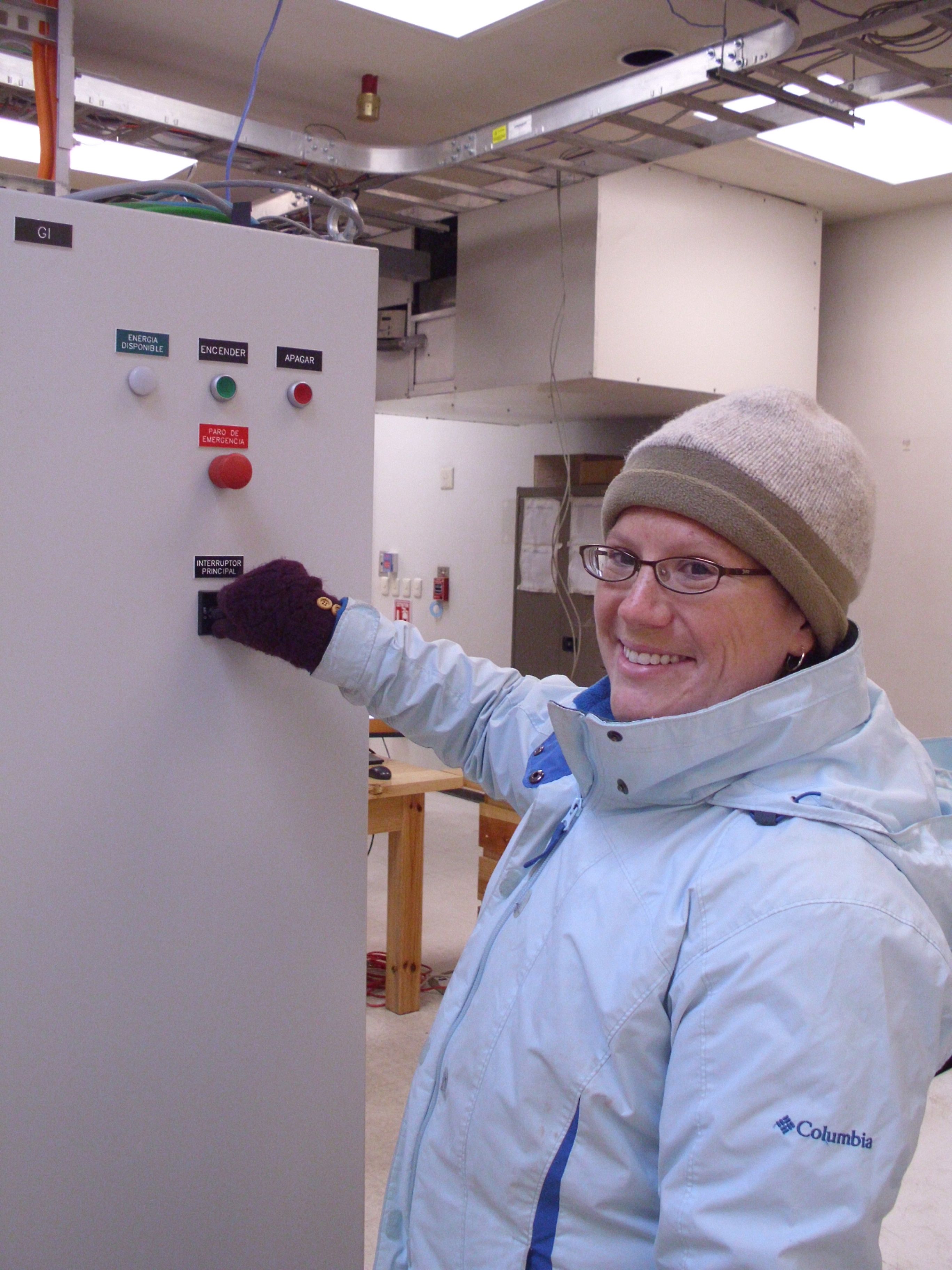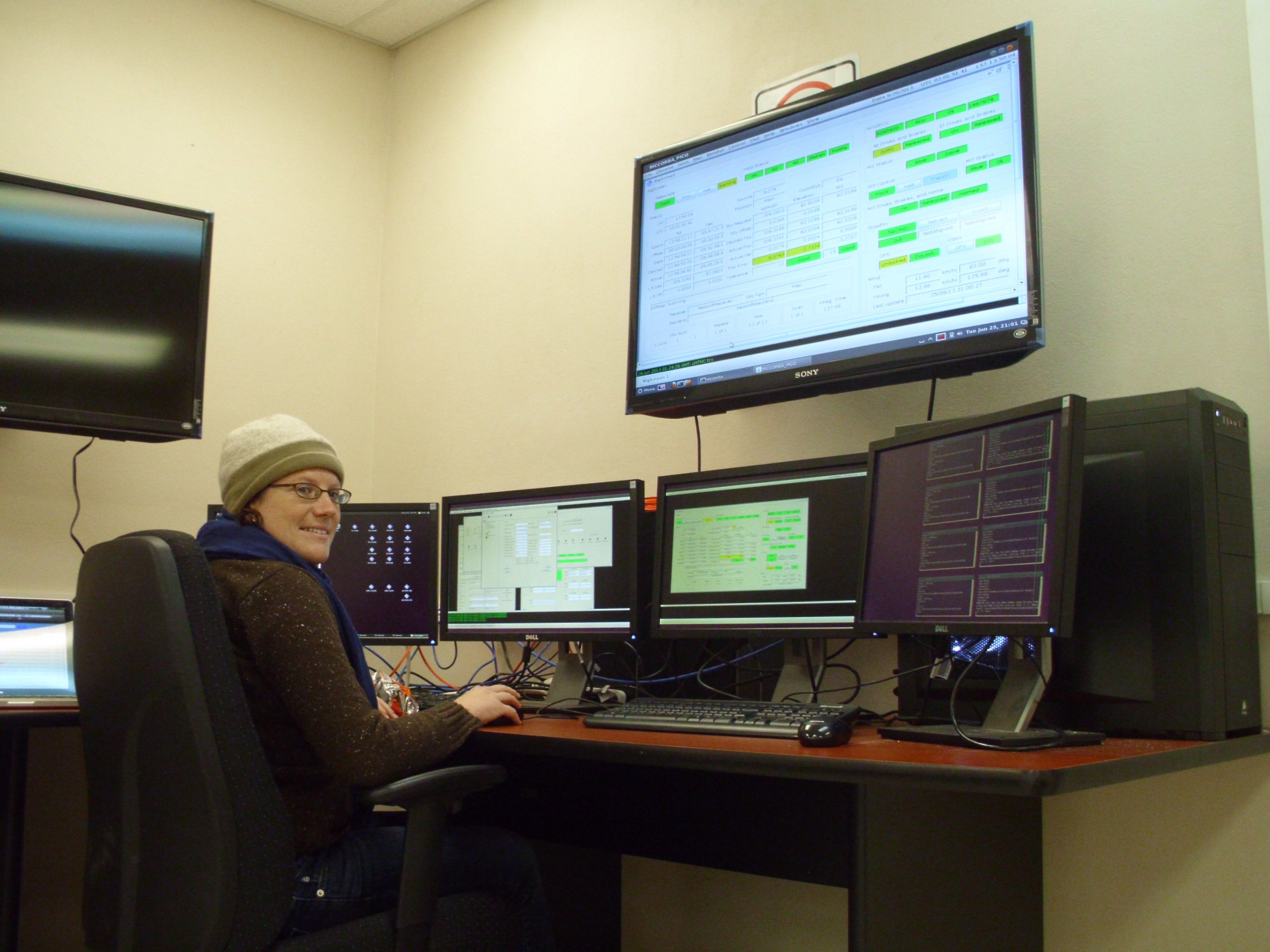AAS Congressional Visits Day
March 2016
I participated in the AAS' annual Congressional Visits Day. I was one of 17 applicants selected to advocate on Capitol Hill for increased science funding
to NASA, NSF, and DOE. This involved a day of training at AAS headquarters and the Office of Management and Budget followed by a day of meetings with US Representatives and
Senators and their staffers.
The Faces of AAS Publishing
Brochure, January 2016
To announce new publishing categories and lead editors (journals.aas.org/news/leadeditors.html),
the AAS Journals released a brochure introducing the editors and asking them to name three articles that best represented their cateogries. Dr. Ethan Vishniac selected Kirkpatrick et al. (2015) as
one of the top three articles in the Galaxy and Cosmology category.
UnderCurrents: Science on the Air
WMUA, April 2015
I am interviewed for a local radio program along with fellow graduate student
Ryan Cybulski and undergraduate student Kevin Harrington. I discussed my recent results from the LMT on the
star formation efficiency of AGN compared with star forming galaxies, and I highlighted recent successful observations
with the LMT as part of the Event Horizon Telescope.
New Telescope Lets Astronomers Peer into Distant Galaxies' Star-Forming Centers
Press Release, November 2014
In 2014, I published the very first science results from the Large Millimeter Telescope. UMass and INAOE (Mexico) highlighted this accomplishment with joint press releases. I took CO(1-0) measurements
of a sample of 24 intermediate redshift LIRGs, and compared the gas emission with dust measurements from Spitzer and Herschel to estimate the star formation efficiency. I found that properly accounting for
AGN dust heating before calculating LIR is crucial, and the AGN have a lower efficiency in general than the star forming LIRGs, hinting that AGN feedback might be shutting off star formation.
"By comparing the dust and the gas contributions, we get a hint of what's triggering the star formation in the galaxy," Kirkpatrick says. "The AGN at the center of the galaxy and light from new stars have different light signatures, so what we've done is account for, or remove the AGN, leaving what we think is a more accurate model of star formation."
Birth of a Telescope
UMass Magazine, March 2014
I am featured in an article describing UMass's involvement in building the Large Millimeter Telescope. I described my experiences observing with the LMT and my thesis research at UMass.
"It is really exciting to be at the birth of a telescope and watch it get data for the first time," [says Kirkpatrick].




